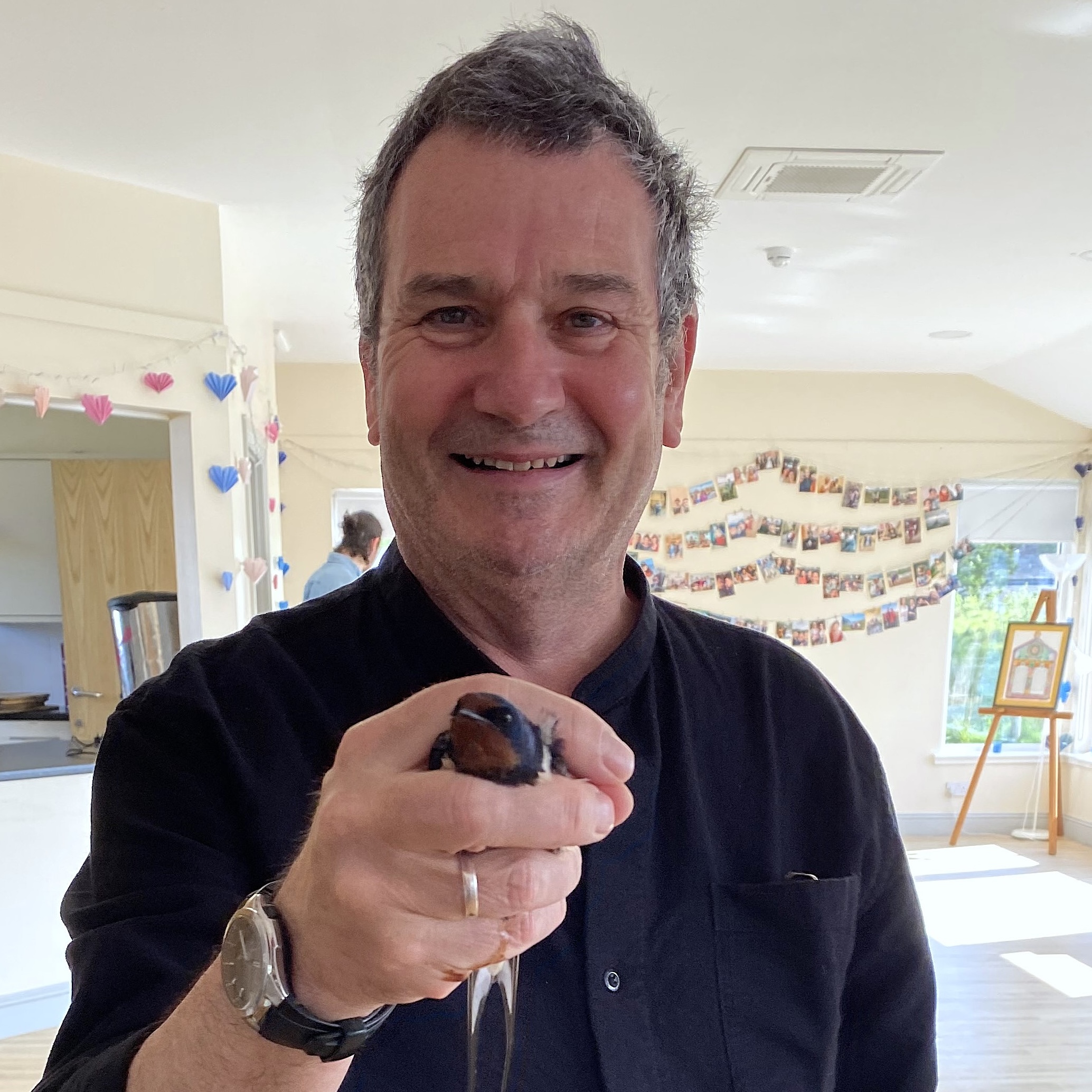The red kite is a soaraway success story, having escaped extinction to become a familiar sight in our skies again
Unhurried in flight and with a sideline in stolen goods, the handsome red kite is the gentleman thief of the raptor world, writes Mark Cocker.
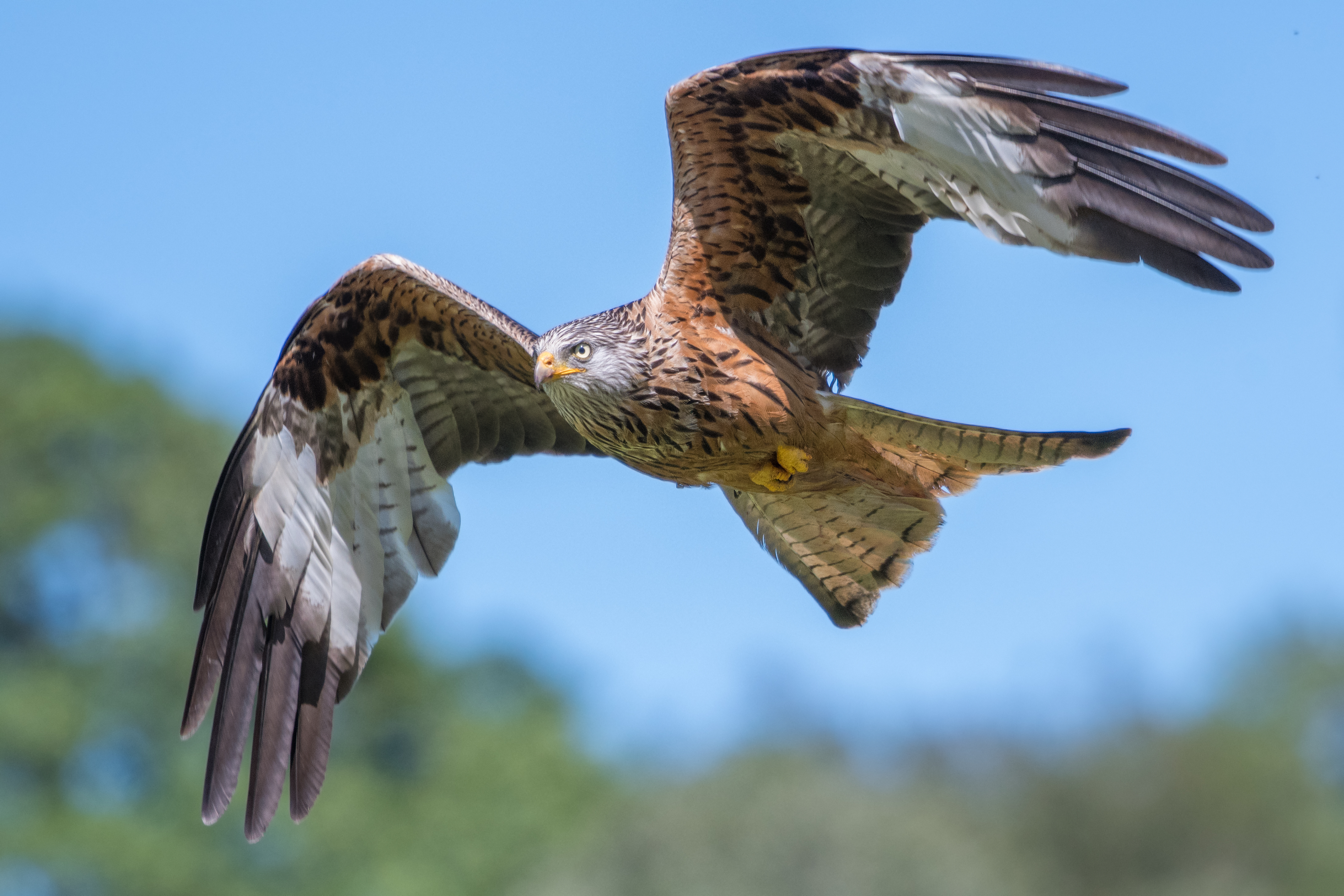
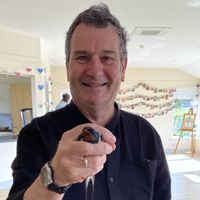
Eagles may have a near-monopoly in raw power and hunting ospreys own the franchise for pure drama, but no other flying bird of prey possesses the languid eloquence of the red kite (Milvus milvus). No matter the circumstances, the bird seems unable to hurry.
Its wings, proportionate to its weight, are the longest of any British raptor and the full span rises and falls with a slow, measured, deeply rhythmic beat. The forked tail is equally long — even longer by itself, in fact, than most male sparrowhawks. All these parts combine in perfect harmony to create the bird’s aerial impression of leisured grace.
At one time, the only part of Britain where you could enjoy this spectacle was central Wales, an area that eventually advertised itself as ‘kite country’. It still does, albeit not with the same sense of exclusivity. In the past three decades, there has been such an upsurge in kite range and numbers that it is now hard to judge which is the more exciting development: the restoration of breeding ospreys across Britain, the resurrection of our peregrine population or this red-kite explosion.
The birds are commonplace not only across southern England, but in the Midlands, Yorkshire and both the south-west and far Highlands of Scotland, too. In Wales, they are almost everywhere. The last British census that took place in 2016 recorded 4,400 pairs, which is almost certainly a major underestimate of the current total. However, the key measure of the whole change is the British breeding figure logged in 1976: only 34 pairs and all in central Wales.
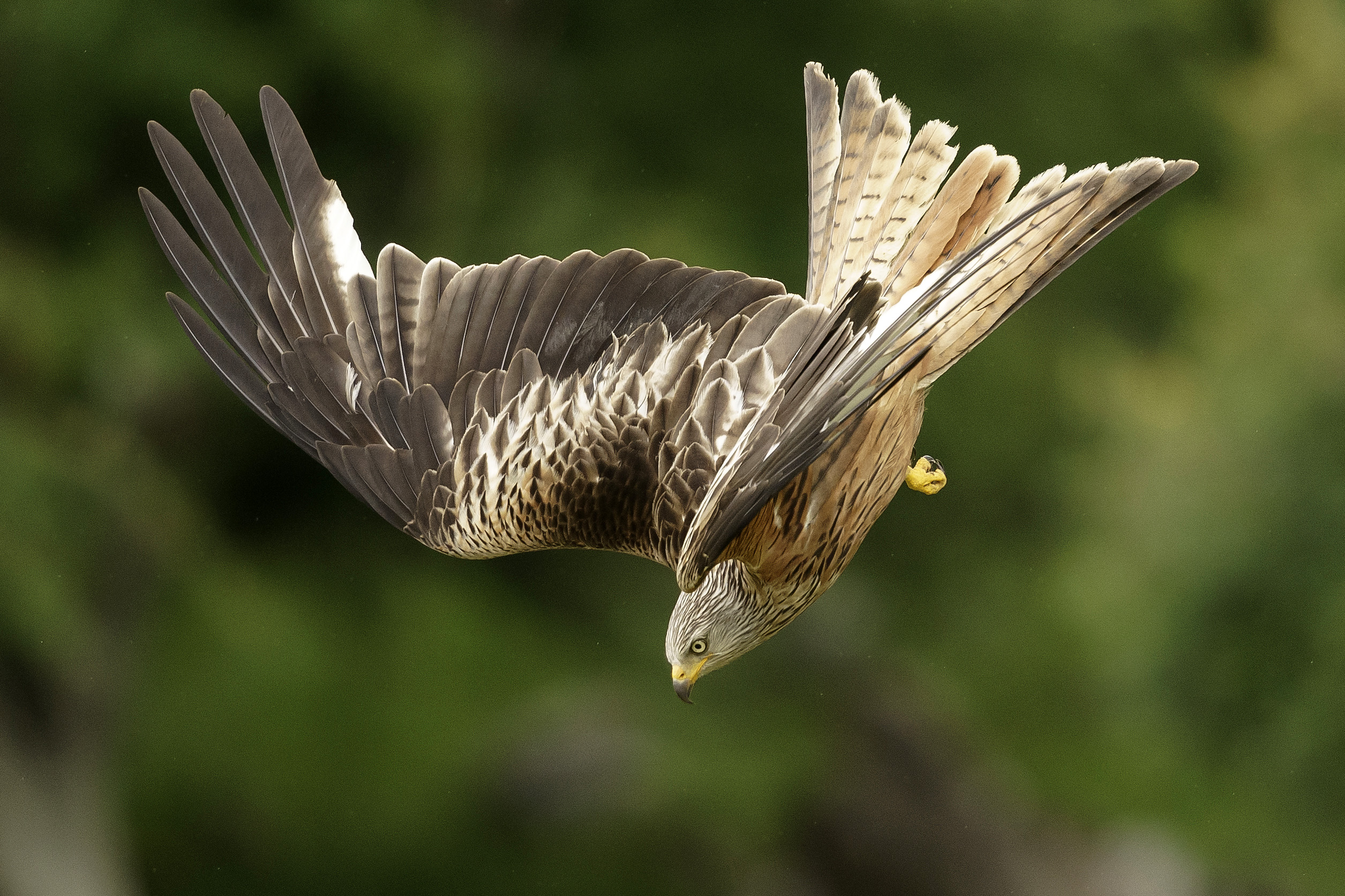
In the past decades, red kite numbers have increased by 2,000%.
What turned the tide? A 1989 release programme using kites imported from Sweden and Spain was so successful, especially in the Chilterns, that wild English-reared birds were eventually used to underpin final releases into the 21st century, such as those in Co Down, Northern Ireland.
There are still problems to be overcome: use of poisoned baits and collisions with wind turbines have slowed the birds’ return in northern Scotland. Yet the overall picture is remarkable: in the past decades, numbers have increased by 2,000%. One of the stranger ironies of the success is that, today, the species is technically ‘green-listed’, meaning there are no perceived threats to our population. However, in Europe, red kites are judged near-threatened now and it may be the case that British-born kites will support reintroduction work back on the Continent.
We no longer have to visit Wales to enjoy these magnificent birds. In fact, would-be kite spotters might only need to go as far as the nearest motorway: kites love to patrol along busy roads because of the food supplies provided by roadkill. In Wales itself, you can also call at Gigrin Farm, near Rhayader. In the early 1990s, its owner took to feeding a few kites that roosted in his trees; little did he realise he was seeding what is probably the species’ largest congregation found anywhere in the world. The farm has since evolved into a major attraction and, during some big winter gatherings, there can be 600 birds on the wing together.
Exquisite houses, the beauty of Nature, and how to get the most from your life, straight to your inbox.
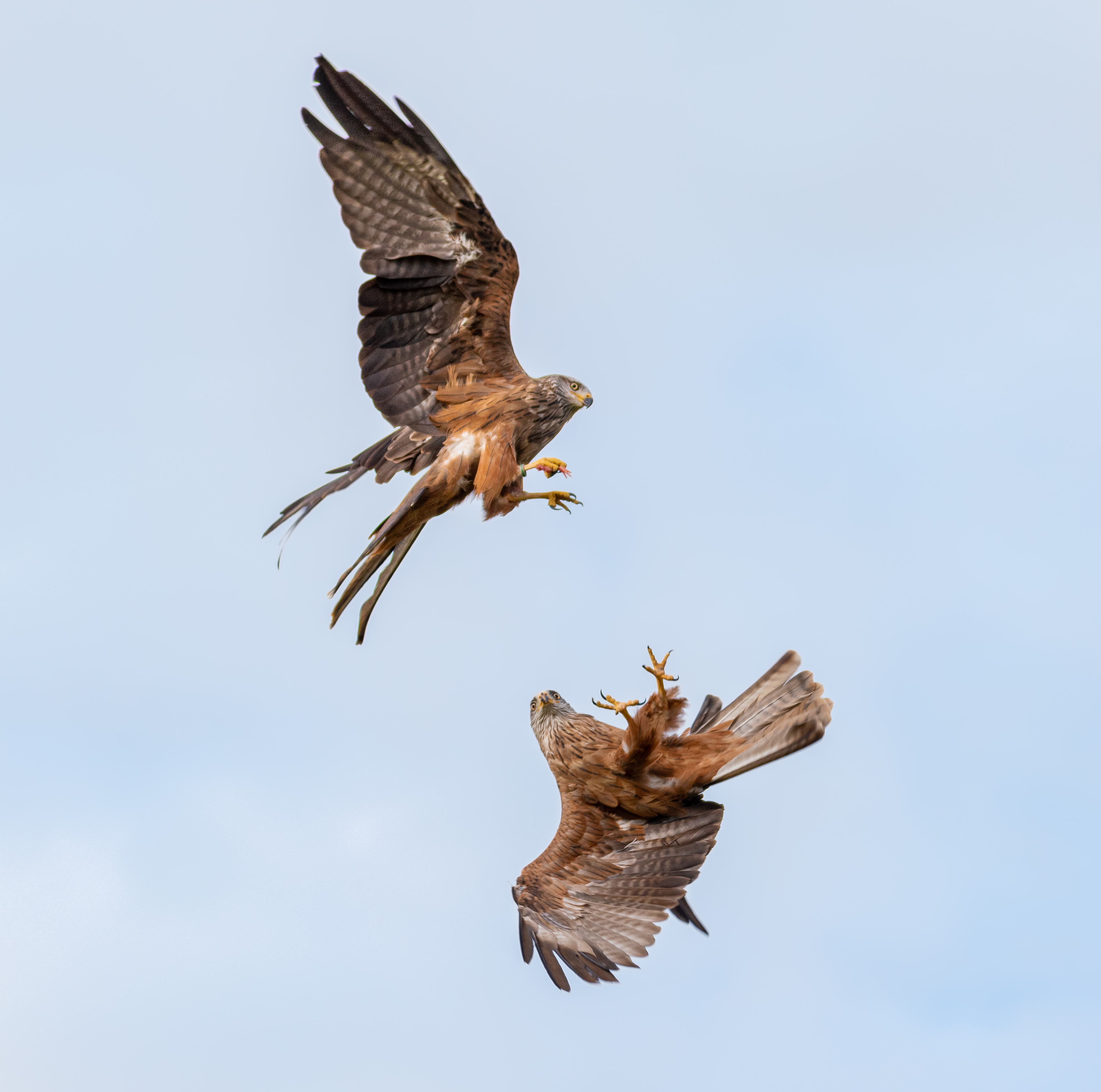
Many red kites commit 'petty theft', swooping down to collect people's unattended belongings.
Kites need tall trees in which to build, but they readily take over old nests left by buzzards and crows, decorating the inner lining with scraps of sheep’s wool or even paper, plastic and rags. They have even been shown to steal items from washing lines for furnishing purposes. This behaviour was known even in Tudor times — and we have that on the highest literary authority. Shakespeare evidently came across it in kites that nested in central London, including a reference to it in The Winter’s Tale, the larcenous ne’er-do-well Autolycus announcing ‘when the kite builds, look to lesser linen’.
On one northern Scottish estate, the modern craze for wild swimming has offered a new frontier in the old kite line of petty theft: visitors have gone off skinny dipping only to return to find some clothes items missing. Later in the season, experts licensed to ring the juvenile kites at the nest have found the youngsters cosied up to underpants and socks.
Mark Cocker's latest book, ‘One Midsummer’s Day: Swifts and the Story of Life on Earth’, is out in paperback
This feature originally appeared in the July 2, 2025, issue of Country Life. Click here for more information on how to subscribe
Mark Cocker is a naturalist and multi-award-winning author of creative non-fiction. His last book, ‘One Midsummer’s Day: Swifts and the Story of Life on Earth’, is out in paperback. A new book entitled 'The Nature of Seeing' will be published next year by Jonathan Cape.
-
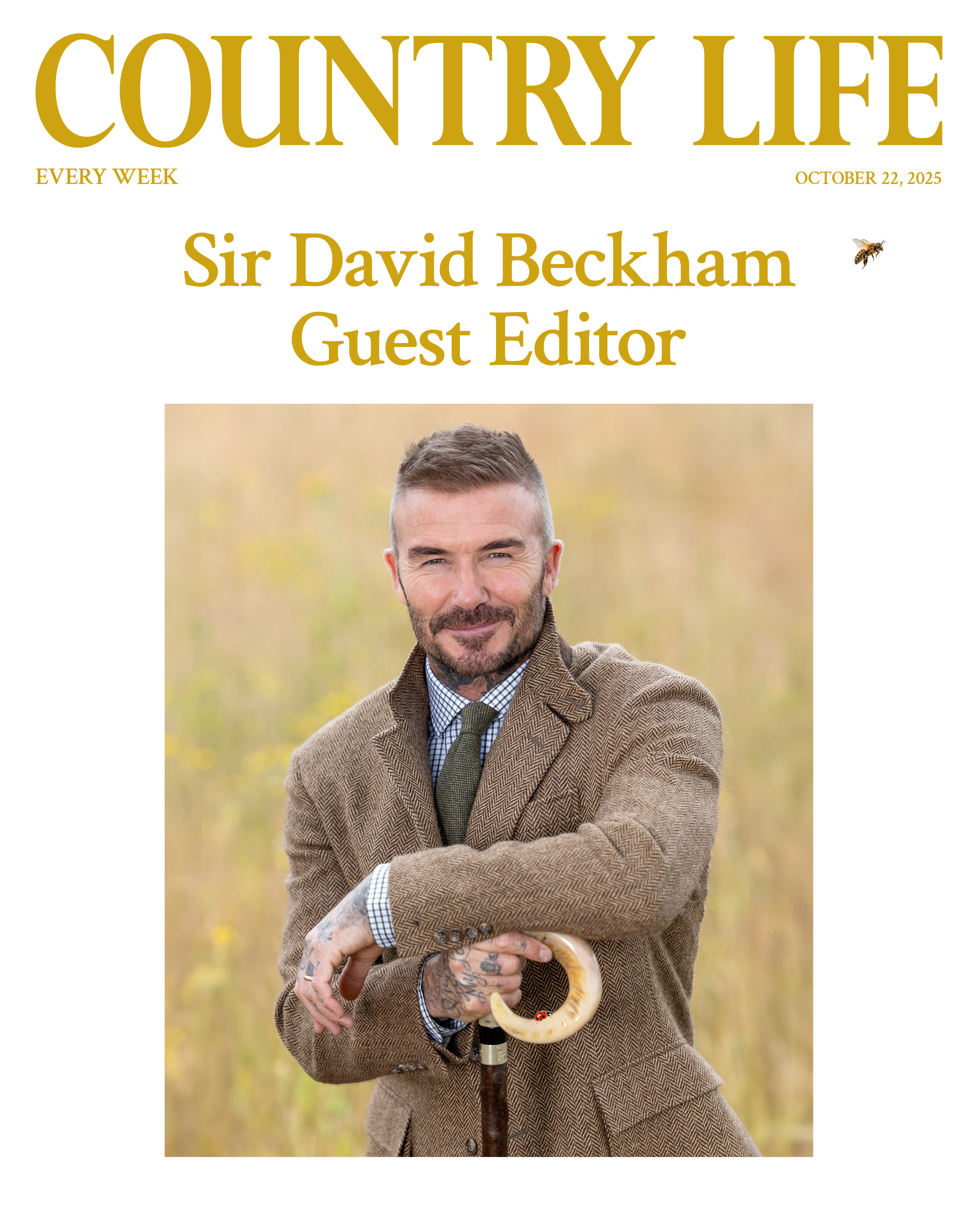 Country Life 22 October 2025
Country Life 22 October 2025Country Life 22 October 2025 is guest edited by Sir David Beckham, with the football icon sharing his love of the countryside, his favourite recipe, showing Alan Titchmarsh around his Cotswolds.
-
 'It makes me feel as if I’ve done a good job as a father and that I did the right thing in wanting us to have a house here': David Beckham on why the countryside matters so much to him and his family
'It makes me feel as if I’ve done a good job as a father and that I did the right thing in wanting us to have a house here': David Beckham on why the countryside matters so much to him and his familySir David Beckham talks to Paula Minchin about discovering the joys of beekeeping and gardening.
-
 'It makes me feel as if I’ve done a good job as a father and that I did the right thing in wanting us to have a house here': David Beckham on why the countryside matters so much to him and his family
'It makes me feel as if I’ve done a good job as a father and that I did the right thing in wanting us to have a house here': David Beckham on why the countryside matters so much to him and his familySir David Beckham talks to Paula Minchin about discovering the joys of beekeeping and gardening.
-
 England and the 1966 World Cup — which was stolen and later recovered by a dog called Pickles
England and the 1966 World Cup — which was stolen and later recovered by a dog called PicklesIn celebration of the footballing talents of Country Life's guest editor Sir David Beckham, we look back at the summer of 1966, when the England national team was on top of the world.
-
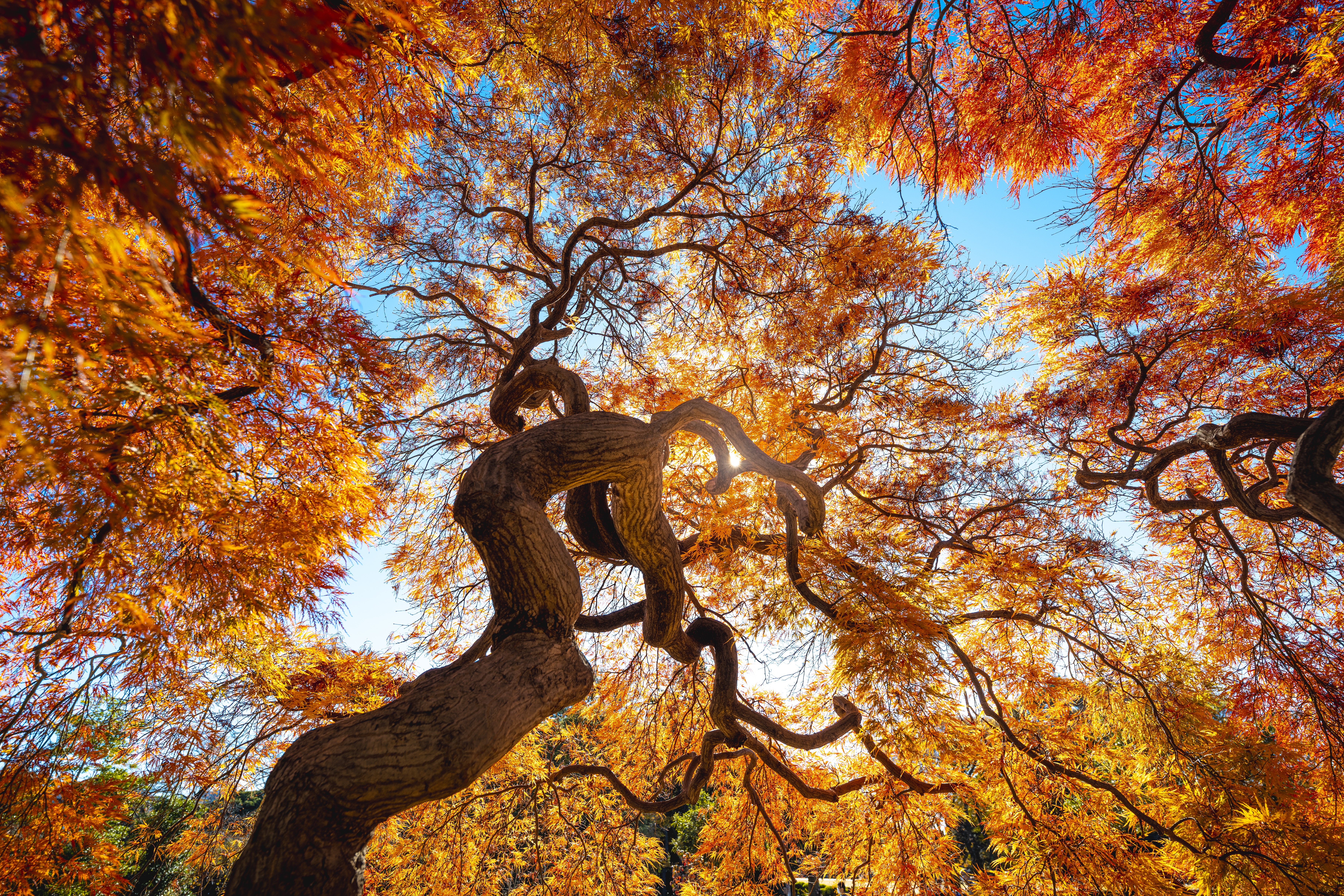 ‘The best time to plant a tree was 20 years ago; the second best time is now'
‘The best time to plant a tree was 20 years ago; the second best time is now'Now is the time to firstly, hug a tree, and secondly, plant some more — in increasingly imaginative ways.
-
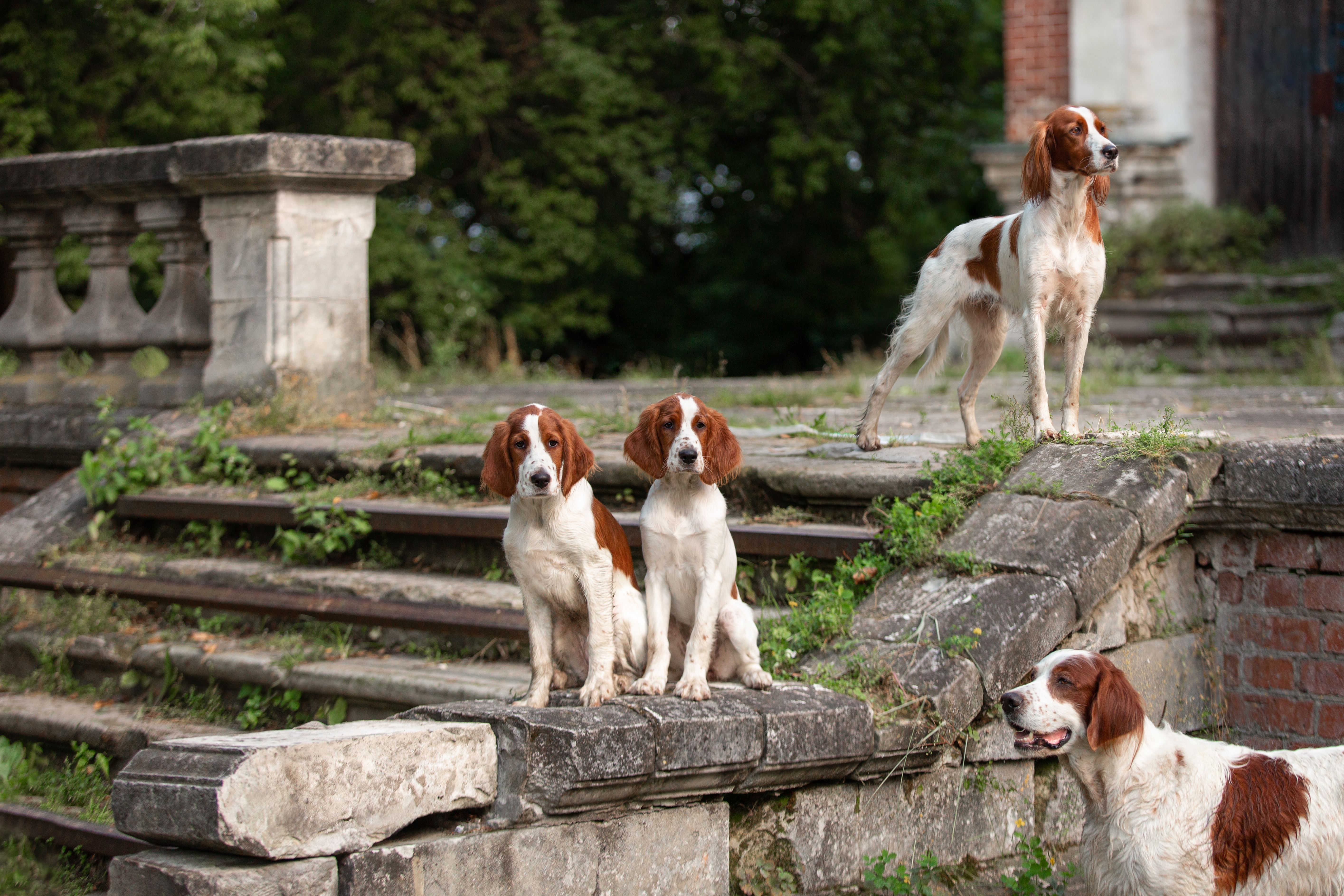 The Irish red and white setter: The rare beauty brought back from the brink
The Irish red and white setter: The rare beauty brought back from the brinkA history of Ireland’s original setter — the elegant, intelligent breed saved from extinction by devoted breeders and cherished as a symbol of the nation’s sporting heritage.
-
 A handy five minute guide to Frieze — and the things you really don’t want to miss
A handy five minute guide to Frieze — and the things you really don’t want to missThe London art fair returns this week.
-
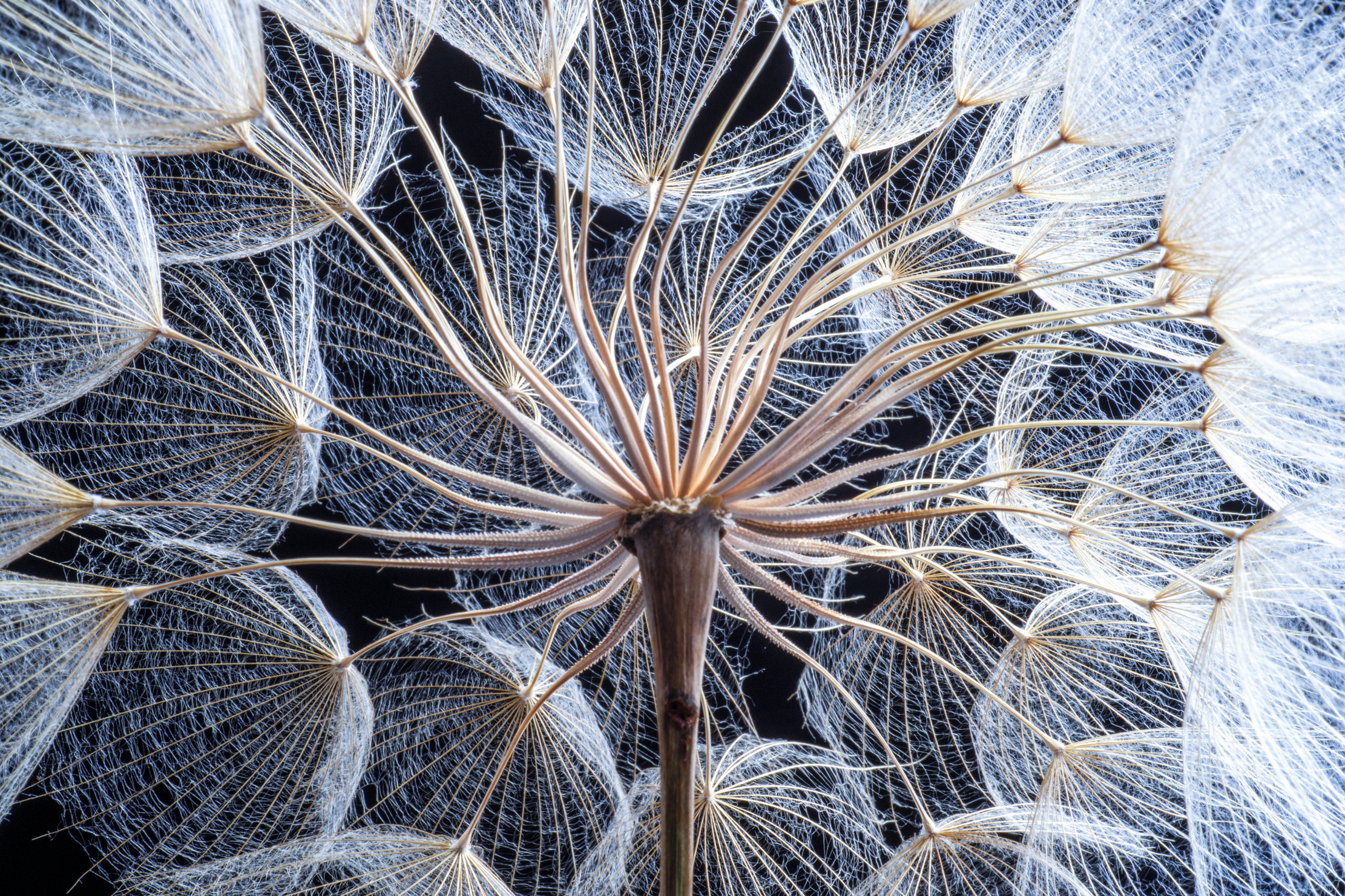 The secret life of seeds: The little wonders that sustain all life on Earth
The secret life of seeds: The little wonders that sustain all life on EarthThey might not be especially striking to look at — if you can see them at all — but seeds are among the natural world’s most awe-inspiring marvels.
-
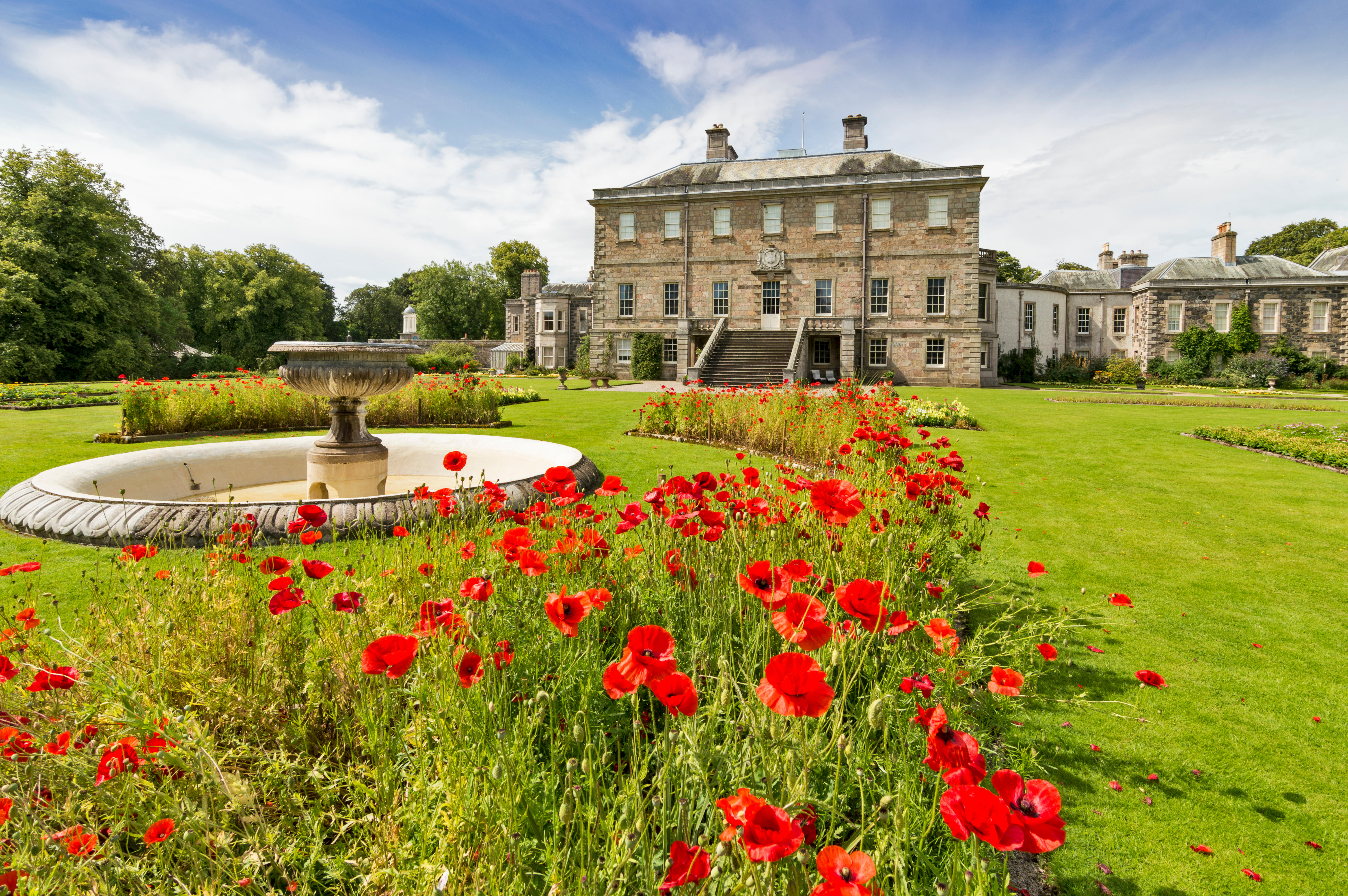 Do not be afraid of this bodysnatching fungi that lives on a lawn in Scotland
Do not be afraid of this bodysnatching fungi that lives on a lawn in ScotlandThe lawns at Haddo House in Aberdeenshire are luscious and friendly, unless you are the prey of the vile 'Strathy Strangler'.
-
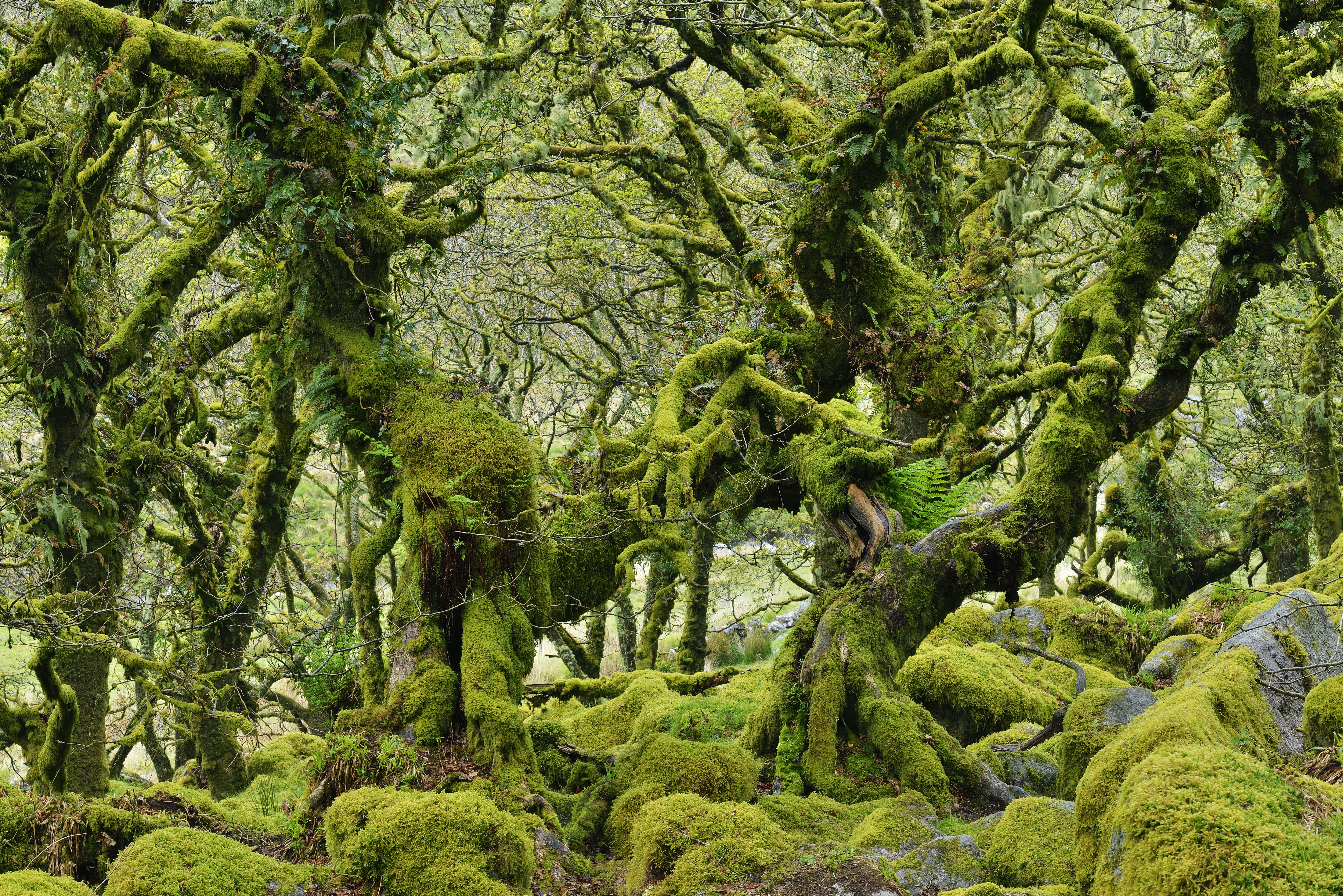 Temperate rainforests are being planted all over Britain — what are they and why do we need them?
Temperate rainforests are being planted all over Britain — what are they and why do we need them?Glen Auldyn on the Isle of Man is part of a £38 million restoration scheme to re-establish rainforests all over the world. Lotte Brundle went to see what's going on.
